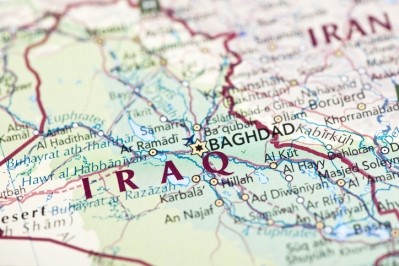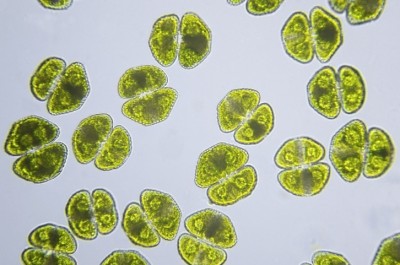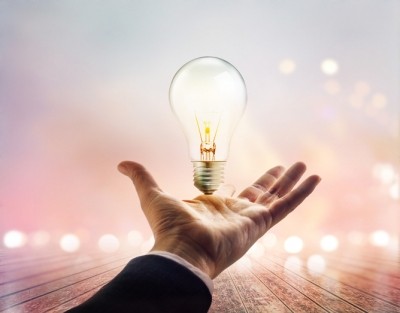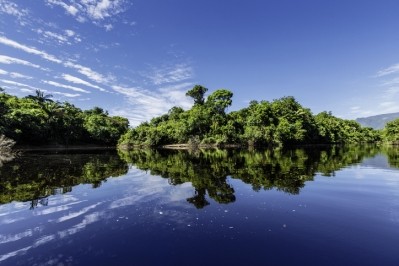FAO: Feed industry must meet expanding aquaculture demand ‘in a sustainable way’
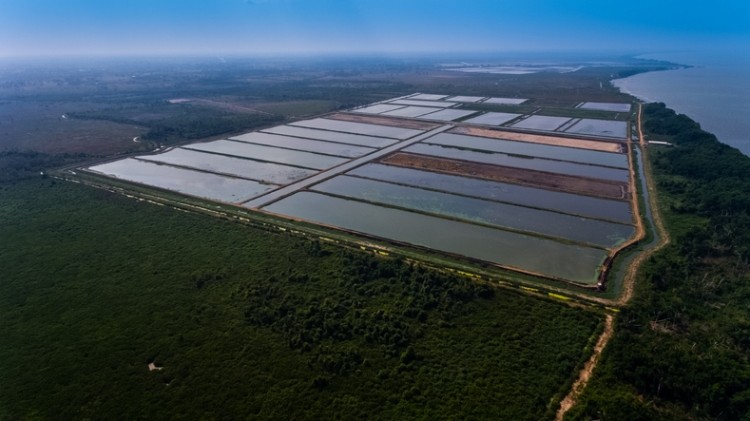
Growth in aquaculture, particularly in Asia, has driven production of fisheries and aquaculture to an all-time high, according to a new report from the Food and Agriculture Organization of the UN (FAO).
In 2020, the sector’s output grew to 214 million metric tons, with aquatic animals accounting for the vast majority of this volume.
As the sector continues to expand, the UN organization said more targeted transformative changes are needed to achieve a “sustainable, inclusive and equitable” fisheries and aquaculture sector.
Asked what this might mean for the feed industry, FAO senior aquaculture officer, Matthias Halwart, told this publication: “Aquatic food demand is growing, aquaculture is growing and fed aquaculture is growing. The related feed demand will increase with the growth and the supply will need to meet the demand in a sustainable way.”
A roadmap for a 'blue transformation'
The FAO’s vision for the transformation of aquatic food systems has been outlined in a roadmap entitled ‘Blue Transformation’. This targets 35% growth in global sustainable aquaculture production by 2030 and sets out high level goals for producing, managing, trading and consuming aquatic foods more sustainably, feeding into the UN’s Sustainable Development Goals (SDGs).
Halwart said that within these high level goals, there are several targets that are particularly relevant for the feed industry.
“One target is for all aquaculture operations to minimize environmental impact and use resources efficiently. This includes facilitating the implementation of sustainable aquaculture practices that support biodiversity, facilitate ecosystem restoration and the delivery of ecosystem services, strengthen climate change mitigation and adaptation and build resilience to stressors. It also includes the efficient, diverse and nature-positive use of inputs and resources such as water and feed.”
He outlined a number of ways in which the feed industry could act to promote the ‘Blue Transformation’ of aquaculture. These included: reducing resource use through precise feeding practices; reusing fish waste products through integrated systems; and increasing access to affordable, sustainable and high quality feed in regions where fed aquaculture is growing, especially Sub-Saharan Africa and SIDS (Small Island Developing States).
On this last point, he said this may take the form of engagement with government stakeholders on import policies, establishing ‘self-contained’ mini feed mills through licensing or leasing programs, or advantageous pricing structures until the market is more developed.
Integrated systems are promoted by the FAO as they increase synergies and resource flows, ensuring that nutrients in the feed and well used and recycled and not wasted, said Halwart. Examples include integrated rice-fish production systems and aquaponics that couple aquaculture with vegetable production.
Sustainable sourcing of ingredients and alternative ingredients will be another important focus area for the feed industry as the world works towards a more sustainable aquaculture food system, according to the FAO.
'Big potential for agriculture by-products'
He said that there is much excitement around alternative ingredients, including hydrolyzed proteins from fish and meat processing, microbe cultures of yeasts or algae, and insects, and said there was “big potential” for agriculture by-products. However, he emphasized that alternative ingredients should be “locally available”.
Ensuring alternatives are “sustainably sourced” is also a challenge here, explained Halwart:
“It’s great that salmon feed, for example, has reduced the amount of fishmeal, which is now used in only minimal amounts. But we want to be sure that the alternative or substitute ingredients are also sourced sustainably,” he noted.
He said this means considering how and where they are produced, the sharing of benefits with the community and how they tie into global trade.
Another thorny issue around sustainable sourcing is that of feed-food competition.
“There are some concerns that demand for fishmeal and fish oil in the large markets of Europe or Asia is driving expanded fishing practices for small pelagics, especially in West Africa, although those fish are fit (and used) for human consumption. It raises questions when aquaculture takes away from people,” said Halwart.
Halwart said that, in this scenario, it is essential that governments, the feed industry, NGOs, civil society and local fishing communities work together to ensure that food security is not compromised and that fisheries are sustainably managed.
